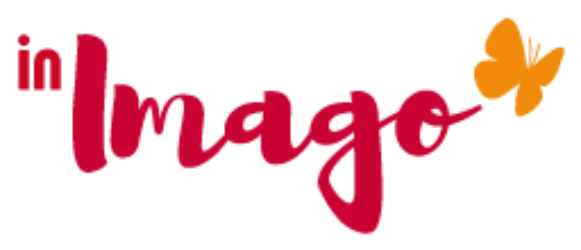The digital Factory firstly aims to unleash the creative potential of teams and facilitate the emergence of continuous innovation.
For this, strategic management seeks to free up the autonomy of the teams and attract potentials to this innovative structure.
The digital factory is very often at the service of the trades and as a process simplifier.
Suitable management
The managerial model has yet to be invented. However, a facilitator manager will be more inclined to facilitate autonomy than an autocratic manager.
Management 3.0, harmocracy and management X.0, liberated management are the most used in the so-called innovative work environment. This leads to a flattening of managerial lines, a strong autonomy of the teams and short development cycles in a test & learn way.
For good coordination with the businesses, the digital representatives in the branches are often in charge of acculturating the professions and driving the generation of ideas but also ensuring the coherence of the digital initiatives of their branch vis-à-vis of the company’s ambition.
Suggested governance
The businesses are responsible for supplying the Digital Factory with power when it is needed.
The Digital Factory analyzes the eligibility of cases along 4 axes
- Value added during the 1st iteration and during its scaling up ($, improved safety, reduced CO2, etc.)
- Feasibility (technology / data)
- Customer appetite / Internal impact
- Scalability (one shot / replicable)
An internal committee at the Digital Factory then decides whether the use case is supported or not, the final decision is up to me.
The Digital Factory ensures the development and production of a pilot scope before the transfer of responsibility to the businesses one to two months later.
The challenges pursued require a rapid improvement loop and the implementation of a production cycle not exceeding 8 months.

